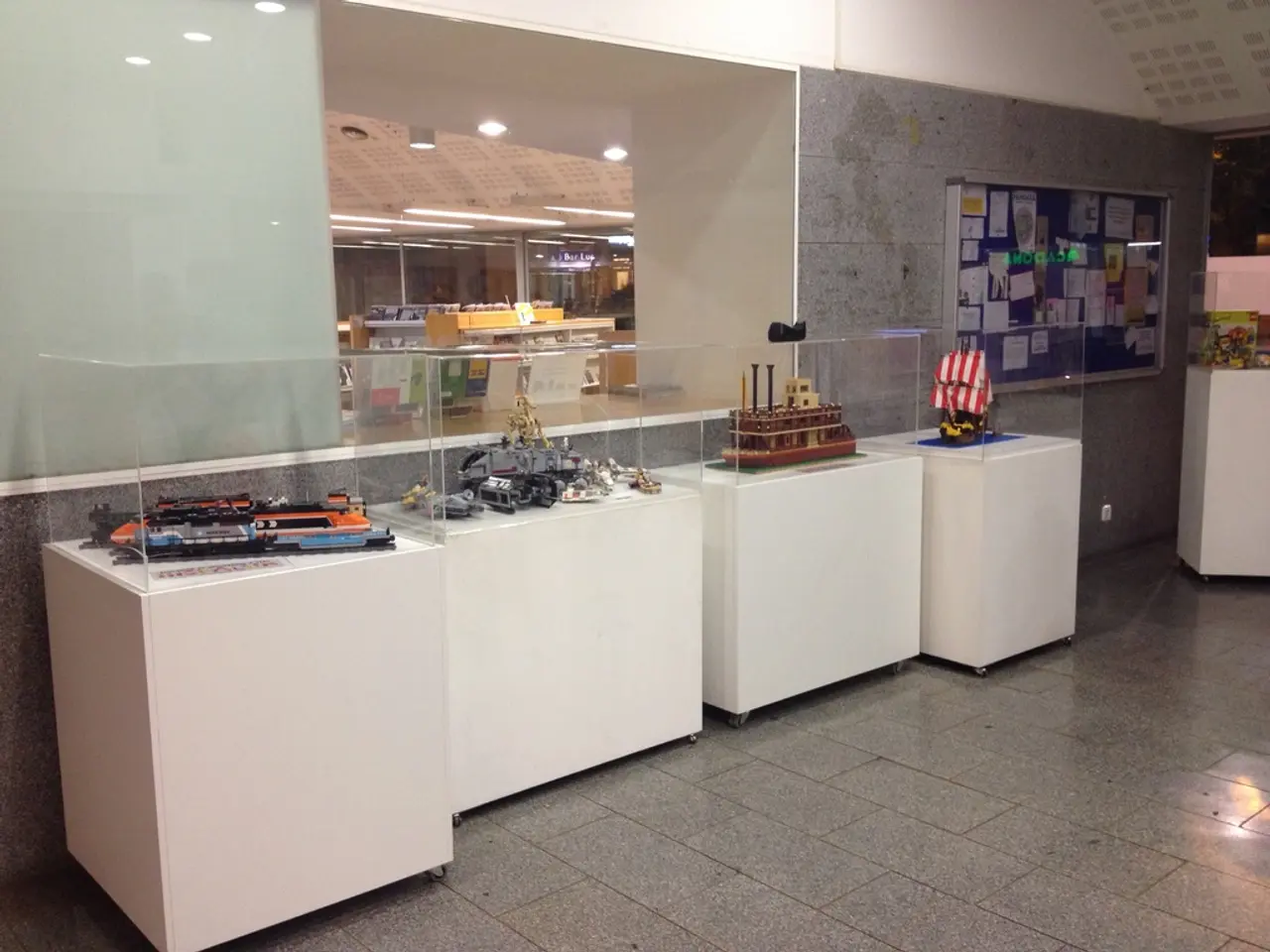Choosing Suitable Items for Your TOK Display
In the realm of the International Baccalaureate (IB) Theory of Knowledge (TOK) Exhibition, selecting and utilising diverse objects is crucial for fostering critical thinking, promoting diverse perspectives, and integrating TOK concepts. RevisionDojo, a valuable resource for students, offers a comprehensive guide to help navigate this process.
First and foremost, it's essential to align your chosen objects with the IA prompt and TOK themes. Each object should directly relate to the prompt and either core or optional TOK themes, illustrating different angles of the knowledge question posed.
To create a coherent exhibition, choose diverse, unrelated objects that, through your analysis, create a meaningful connection to the prompt. This approach encourages exploration of multiple perspectives and critical thinking.
Justifying each object is equally important. Explain why each specific object was chosen, linking it to personally meaningful real-world contexts and TOK concepts such as ways of knowing or areas of knowledge.
Choose objects that encourage questioning and reflection. An encyclopedia, for instance, represents curated knowledge, while a Rosetta Stone replica symbolises language’s role in unlocking knowledge. These objects stimulate critical analysis about what constitutes knowledge and how it is transmitted across perspectives.
Combining physical, digital, or even photographic objects can enrich the exhibition by allowing different modes of exploration, supporting varied TOK concepts and engaging different ways of knowing.
Ensure your commentary connects each object explicitly to TOK concepts. For example, discuss how language shapes what counts as knowledge or how personal and shared knowledge frameworks interact.
RevisionDojo provides sample exhibitions and commentary templates for inspiration. They also offer strategies to ensure clarity and concision in the exhibition. A suggested word allocation for each object is around 300 words.
The IB TOK Exhibition requires a total word count of 950. To make each object count, it should be relevant to the chosen prompt, diverse, specific, and TOK-aligned.
Common object selection mistakes include choosing objects that are too similar, picking vague categories, and ignoring TOK relevance. To avoid these pitfalls, RevisionDojo offers a guide on how to excel in the IB TOK Exhibition.
For instance, a smartphone screenshot of an AI-generated image, a printed scientific journal exploring neural networks, and a handwritten critique of digital art credibility can be effective object combinations for the prompt "Does technology revolutionize what counts as knowledge?"
Thoughtful knowledge questions can be sparked by the chosen objects. The TOK concepts do not need to be the same for all objects, but prompt coherence is important. The exhibition can benefit from diverse perspectives on the prompt.
RevisionDojo encourages students to visit their platform for step-by-step support in the IB TOK Exhibition. They provide examples of effective object combinations in their exhibition guide and sample frameworks. To create a successful TOK Exhibition, remember to choose objects that reflect personal interests or lived experiences, allow for substantial TOK exploration, and align well with multiple Areas of Knowledge (AOKs) and Ways of Knowing (WOKs).
Education and self-development can be fostered through the selection of diverse objects for the International Baccalaureate (IB) Theory of Knowledge (TOK) Exhibition, as these choices lead to personal growth by encouraging exploration of multiple perspectives, critical thinking, and the integration of TOK concepts. Learning about the diverse roles various objects play in the transmission and interpretation of knowledge enhances the understanding of different areas of knowledge (AOKs) and ways of knowing (WOKs), supporting personal growth and intellectual development.




